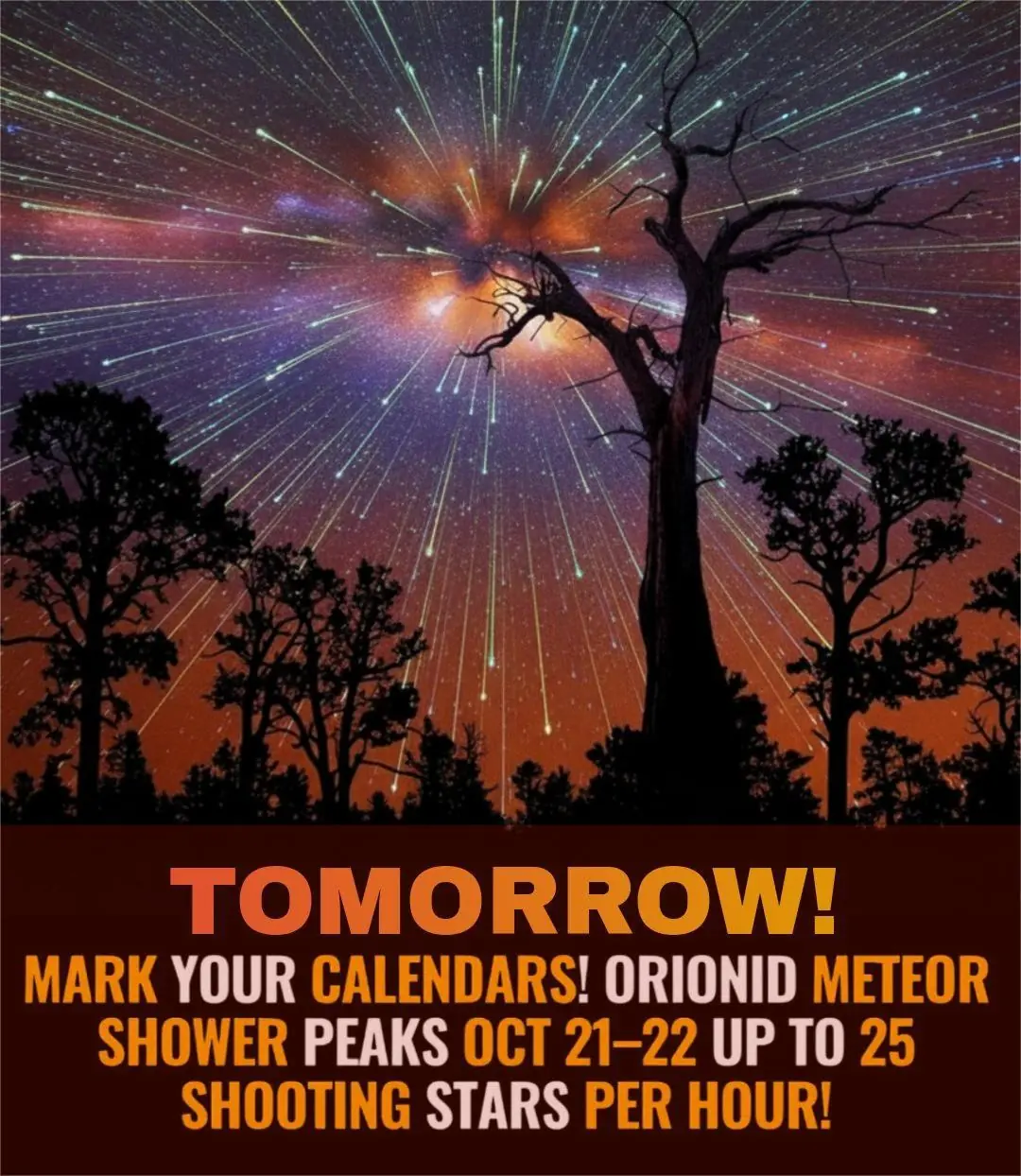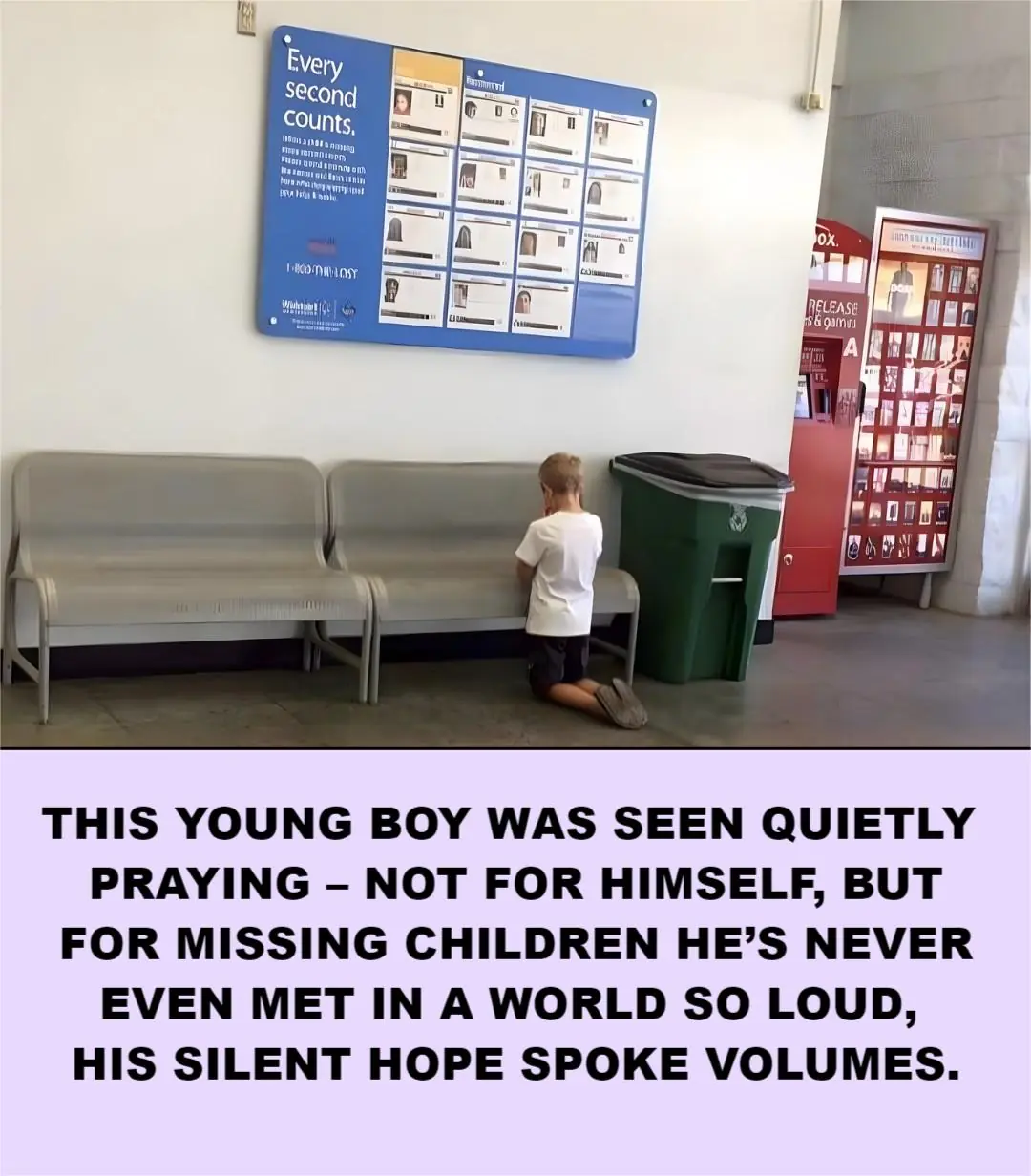
October 21: Rare Green Comet Meets Orionid Meteor Shower in a Double Cosmic Spectacle
The night of October 21, 2025, is set to become one of the most remarkable evenings for skywatchers this decade. Two dazzling celestial events will align — the close approach of Comet C/2025 A6 (Lemmon) and the peak of the Orionid meteor shower — creating a double spectacle rarely seen in the night sky.
A Green Visitor from the Depths of Space
Comet Lemmon, discovered earlier this year, has been gradually brightening as it travels closer to the Sun and Earth. On October 21, it will make its nearest approach, coming within about 0.60 astronomical units — close enough to be visible from Earth under clear, dark skies.
What makes this comet extraordinary is its distinct green glow. The color comes from diatomic carbon (C₂) in its atmosphere, or “coma,” which fluoresces when exposed to ultraviolet sunlight. This phenomenon gives the comet a ghostly emerald appearance as it streaks across the constellation Boötes, visible low in the northwestern sky shortly after sunset.
Astronomers estimate that Comet Lemmon has an orbital period between 1,150 and 1,350 years, meaning this may be a once-in-a-lifetime event for modern observers. Under ideal conditions, it could become faintly visible to the naked eye, while binoculars or small telescopes will reveal its glowing core and delicate tail in stunning detail.
The Orionids: Halley’s Legacy Returns
While the comet fades beyond the horizon, the Orionid meteor shower will take center stage. These meteors are remnants of Halley’s Comet, left behind as it travels through the solar system. Every October, Earth passes through this debris stream, igniting tiny fragments as they enter our atmosphere at speeds of around 66 kilometers per second.
The Orionids are known for their bright, fast streaks and occasional long-lasting trails that can glow for several seconds. This year’s conditions are ideal, with a new moon ensuring darker skies for optimal visibility. Observers under rural or dark-sky locations could see 10 to 20 meteors per hour, and a few spectacular “fireballs” may also grace the sky.
How and When to Watch
To experience both events at their best, timing and location are key.
-
Comet Lemmon: Look toward the northwestern horizon after sunset, when the sky begins to darken.
-
Orionid Meteors: The best time to view is from midnight until dawn, especially around 2 a.m. local time.
Find a wide-open, dark spot away from city lights. Bring a reclining chair, a blanket, and allow your eyes 20–30 minutes to adjust to the darkness. Binoculars can enhance the comet’s glow, but the meteors are best seen with the naked eye.
A Night of Cosmic Harmony
On October 21, a glowing green comet will grace the dusk sky, followed by a river of meteors streaking through the darkness. Together, these phenomena will offer a rare glimpse into the dynamic beauty of our solar system — a vivid reminder that even in the vastness of space, moments of perfect alignment can still leave us breathless.
News in the same category


The Windows 10 Wallpaper That Was Shockingly Real

Olympic Medal Turned Into a Miracle: The Selfless Act of Maria Andrejczyk

A Little Boy’s Silent Prayer That Touched the World

Bullied 7-Year-Old Boy Finds a Kindred Spirit in Cat With the Same Rare Conditions

Single Dad in Thailand Dresses as Mom to Support His Daughter

Man With Facial Disfigurement Asked to Leave Restaurant Before Sitting Down

She Had 43 Cosmetic Procedures To Become A Barbie Doll – Critics Say She Looks Like A ‘Zombie’

She believed it was just an ordinary photo — but zooming in revealed a shocking truth that turned her world upside down

Newly married couple tragically discovered dead in their car just weeks before celebrating their first anniversary

Sleeping Trick? Why Sticking One Foot Out Actually Works

Two best friends died hand in hand in an accident right before prom night

Divorce warning signs you might be ignoring

🌱 UBC Scientists Develop the World’s First Mushroom-Powered Waterless Toilet

Elon Musk: Building a Thriving Mars Colony Means 100,000 People, 1 Million Tons of Cargo and a Mission Beyond Just Arrival

Indian Engineers Win Ig Nobel Prize for UV Shoe Rack That Kills Bacteria and Eliminates Odor

Nobel Prize 2025: Breakthrough Discovery Reveals How the Immune System Knows When to Stop Attacking Itself

GE’s Haliade-X: The World’s Most Powerful Wind Turbine Revolutionizing Clean Energy
News Post

WHAT HAPPENS WHEN WE TONGUE KISS…See more

Nature’s Secret: 4 Healing Leaves That Support Metabolism, Immunity & Circulation Naturally

Don’t Drink Coconut Water Before You Know These 11 Secrets!

Pumpkin Seed Milk — The Natural Parasite Cleanser

Fast Rice Water Trick for a Brighter Smile

Morning Drink to Revive Your Kidneys Fast

The Onion Recipe That Could Transform Your Blood Sugar, Support Cleaner Arteries, and Protect Your Heart!

Top 4 Fruits That Help Your Kidneys Flush Out Toxins While You Sleep

Ginger, Clove, and Honey: The Natural Trio Your Body Will Thank You For

Heal 15 Years of Joint Pain Naturally with Turmeric and Honey Tea

This Juice Revived My Grandma’s Energy — Say Goodbye to Fatigue and Body Pain with This Natural Recipe

The Benefits of Eating 2 Boiled Eggs Every Morning: Transform Your Health!

If Your Kidneys Are in Danger, Your Body Will Send You These 8 Signals — Don’t Ignore Them

The Surprising Effects of Avocado on Your Heart and Brain

Ways to Get Over a Man Who Didn’t Value You

I’m 66 but Look 36 — My Secret? Aloe Vera & Ginger for Firm, Smooth Skin

How to Make Okra Water to Treat 17 Health Problems Naturally

Banana and Egg Mask to Look Younger Even in Your 80s

Scent Leaf Secrets Unveiled: 10 Surprising Health Benefits of This Miracle Herb
